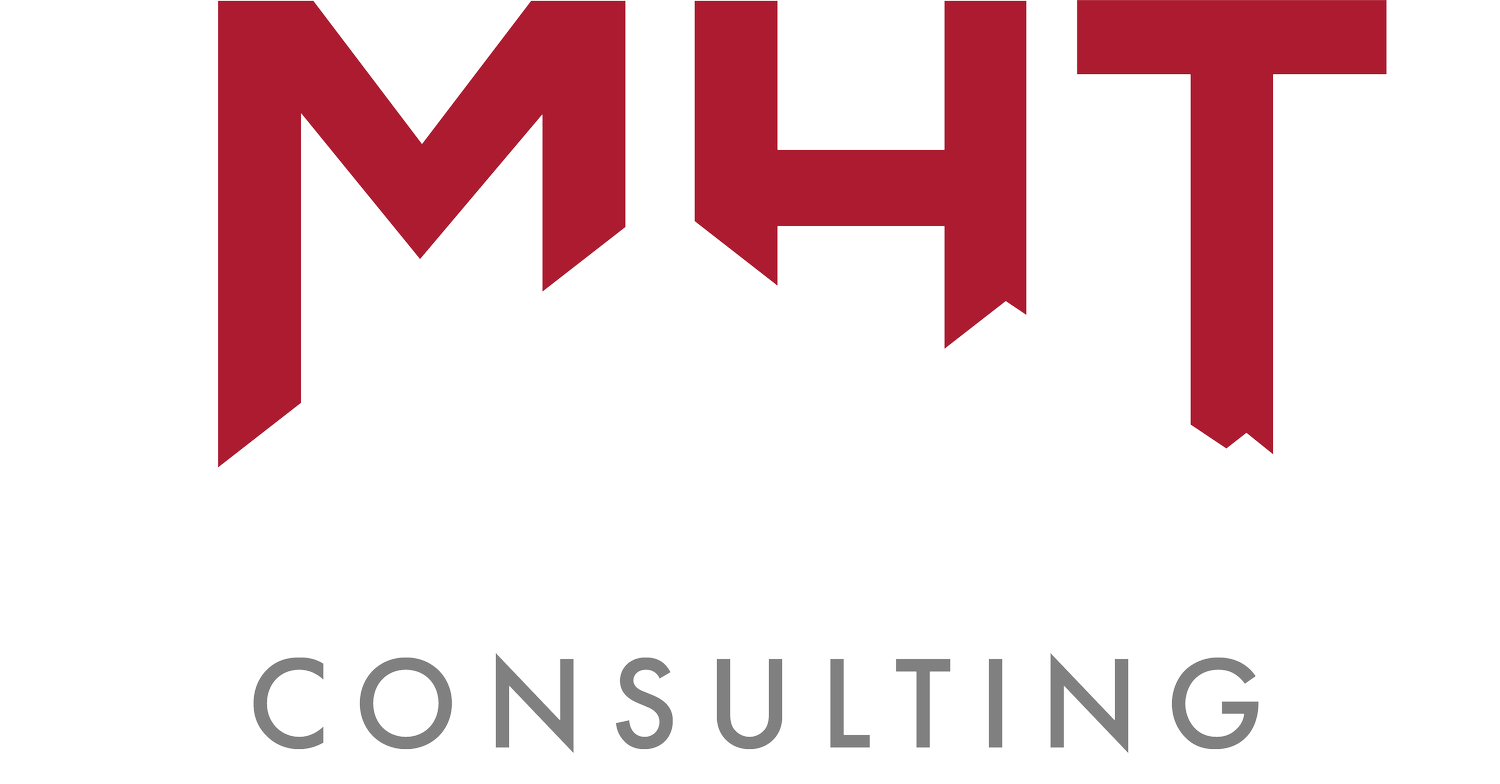Air Emissions Inventory & Reporting
If your facility burns fuel, processes hydrocarbons, or runs large equipment, you may be required to track and report air emissions. These reports affect permitting, compliance, and even financial opportunities - accuracy matters.
More than just a compliance requirement, these reports can affect operational decisions, financial opportunities and future permitting. That’s why accuracy and consistency are essential.
What It Is and Why It Matters
An air emissions inventory is a detailed record of the pollutants your facility releases over time. Accurate reporting is important because it can:
Avoid fines and audits by proving you meet state and federal rules.
Keep your facility running smoothly by making future permits easier to obtain.
Provide financial benefits - accurate and thorough reporting, particularly using actual stack test data rather than relying on permitted emissions limits, can result in lower fees.
Protect your company’s reputation - increasingly, emissions data is public, and strong reporting shows responsible operations.
Do You Need to Report Emissions?
The requirements depend on your facility’s location, size and equipment. You may need to report under:
State-Specific Reporting - MHT submits emissions inventories in Texas, Oklahoma, Ohio and New Mexico.
National Emissions Inventory (NEI) - Every 3 years, more facilities are required to submit emission inventories due to the national inventory schedule. (Oklahoma requires every facility with a permit to submit on that every third year - 2026 is the next.)
What’s Required
Each program has different deadlines, reporting methods and tracking requirements:
Some allow periodic estimates using standard formulas.
The type of pollutants reported varies. Everyone is required to report NOx, VOCs and CO. New Mexico requires you to report on GHG.
Not sure what applies to your facility? Getting the right data in place before reporting deadlines hit can prevent last-minute compliance issues. MHT can help with that.
5 Common Challenges
Many facilities struggle with air emissions reporting because of:
Challenge 1: Complicated Data Collection
Gathering accurate emissions data from multiple sources takes time and requires consistency. Some facilities rely on default EPA emission factors, but site-specific monitoring can often provide more accurate (and sometimes lower) emissions estimates.
Challenge 2: Changing Regulations
Federal and state requirements frequently change, affecting calculation methods, pollutants to be reported and threshold limits.
Challenge 3: Strict Deadlines
Missed reports - even if emissions are low - can lead to fines or increased regulatory scrutiny. Some companies assume low or negligible emissions mean no reporting is needed, but failing to submit required reports on time can still result in penalties.
Challenge 4: Confusion Over Which Pollutants to Report
Most requirements focus on criteria pollutants, but some also require GHG emissions to be reported.
Challenge 5: Data Entry and Submission Issues
Once emissions data is collected, facilities often face challenges when it comes to entering and submitting reports into the required regulatory systems. Manual data entry for multiple facilities can be time-consuming and prone to errors.
How to Make Emissions Reporting Easier
Whether you’re preparing an emissions inventory for the first time or looking for ways to improve your process, these steps can help.
Track fuel use & equipment run time. Log fuel consumption, operating hours, and emissions sources across your facility.
Use direct measurement when possible. If your facility relies on default EPA estimates, direct measurement could provide more accurate and potentially lower reported emissions.
Stick to standard methods. Use EPA-approved calculation methods like AP-42 emission factors to avoid discrepancies in reporting.
Submit reports on time. Know your deadlines - report due dates vary by state.
Leverage bulk uploading tools to save time. We have tools that allow you to import large data sets quickly, ensuring accuracy and reducing reporting time.
Plan for changes. Changes with reporting systems or reporting requirements are always possible.
For many facilities, working with a team that understands specific state and federal reporting requirements can reduce stress and ensure everything is submitted accurately and on time.
Air Emissions Inventory & Reporting FAQs
How do I know if my facility needs to report?
Reporting requirements depend on your facility’s size, emissions levels and location. Some programs have specific thresholds that determine whether reporting is required. Others require even small sources to track emissions.
Do different states have different emissions reporting rules?
Yes. While the EPA sets federal requirements, many states have additional obligations.
Texas, Oklahoma, and New Mexico have programs with unique data submission processes and criteria.
Some states require facilities to keep records on file, even if reporting isn’t mandatory that year.
What pollutants must be included in an emissions inventory?
Most programs require reporting of:
Criteria pollutants (NOx, CO, SO₂, PM, VOCs)
Hazardous air pollutants (HAPs)
Some states also require greenhouse gases (CO₂, methane, etc.) and other industry-specific contaminants to be included.
What happens if my report is late or contains errors?
Late or inaccurate reports can lead to fines, increased regulatory oversight and potential operational restrictions. Some states allow corrections, but repeated issues may trigger audits.
Need Help with Air Emissions Inventory and Reporting?
We help facilities collect, calculate and submit emissions data accurately:
We track key operational data - fuel use, equipment activity and production throughputs - for accurate reporting.
We use approved methods to ensure your numbers meet federal and state requirements.
We handle the complicated reporting portals through the state-specific programs.
We keep your reports compliant with the latest rules so you don’t fall behind.
We can create custom Promax models to develop the most accurate emissions for your facility.
